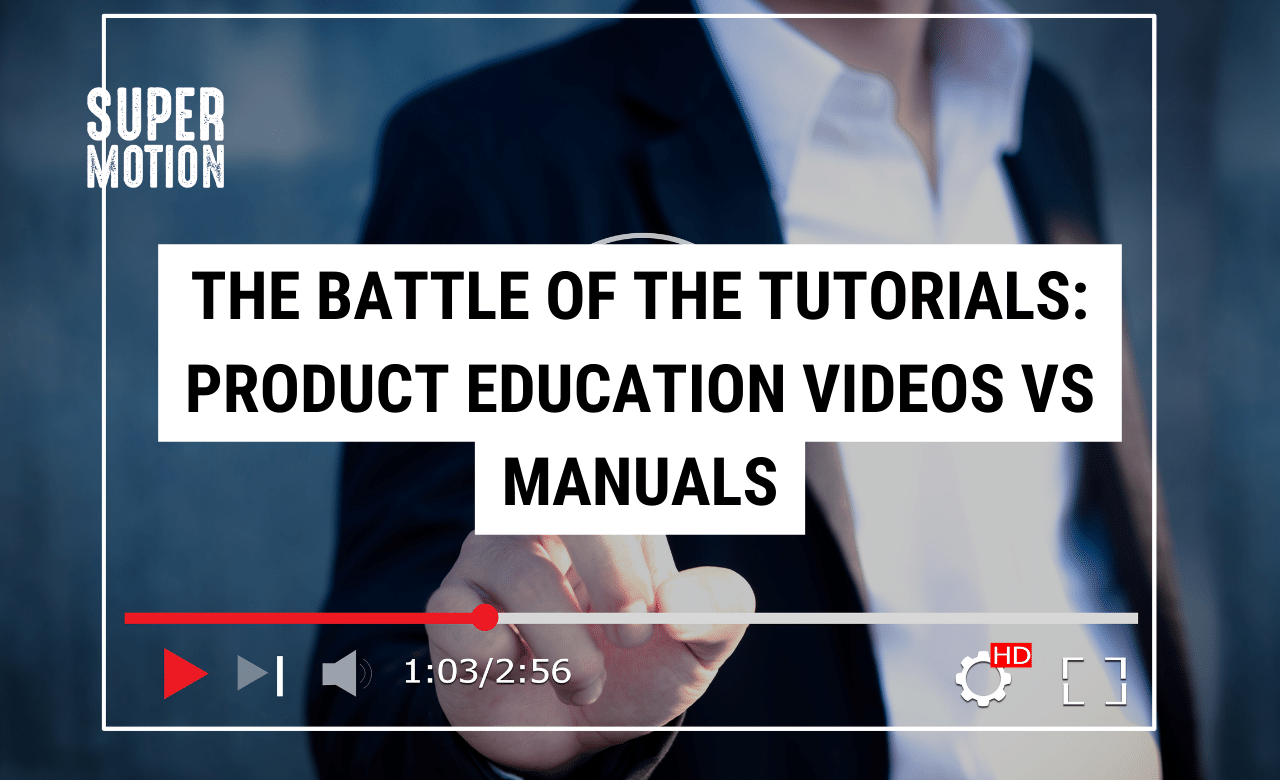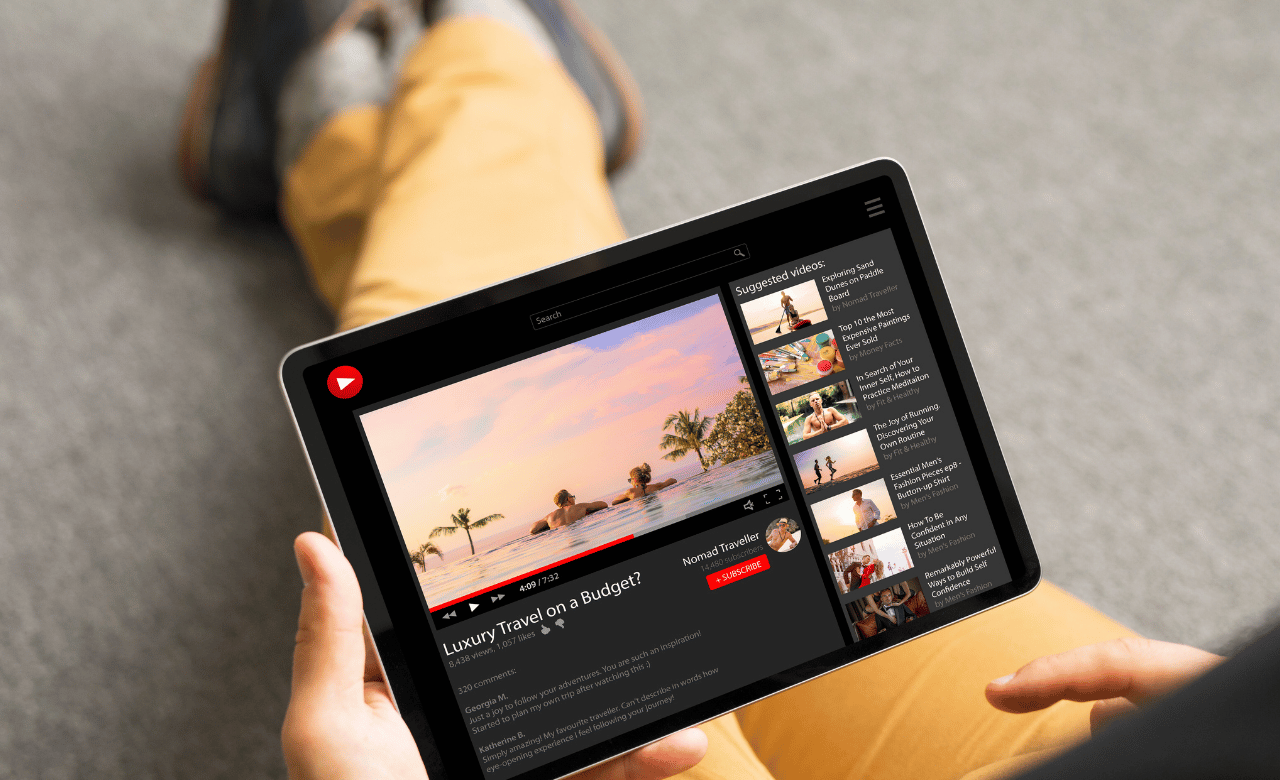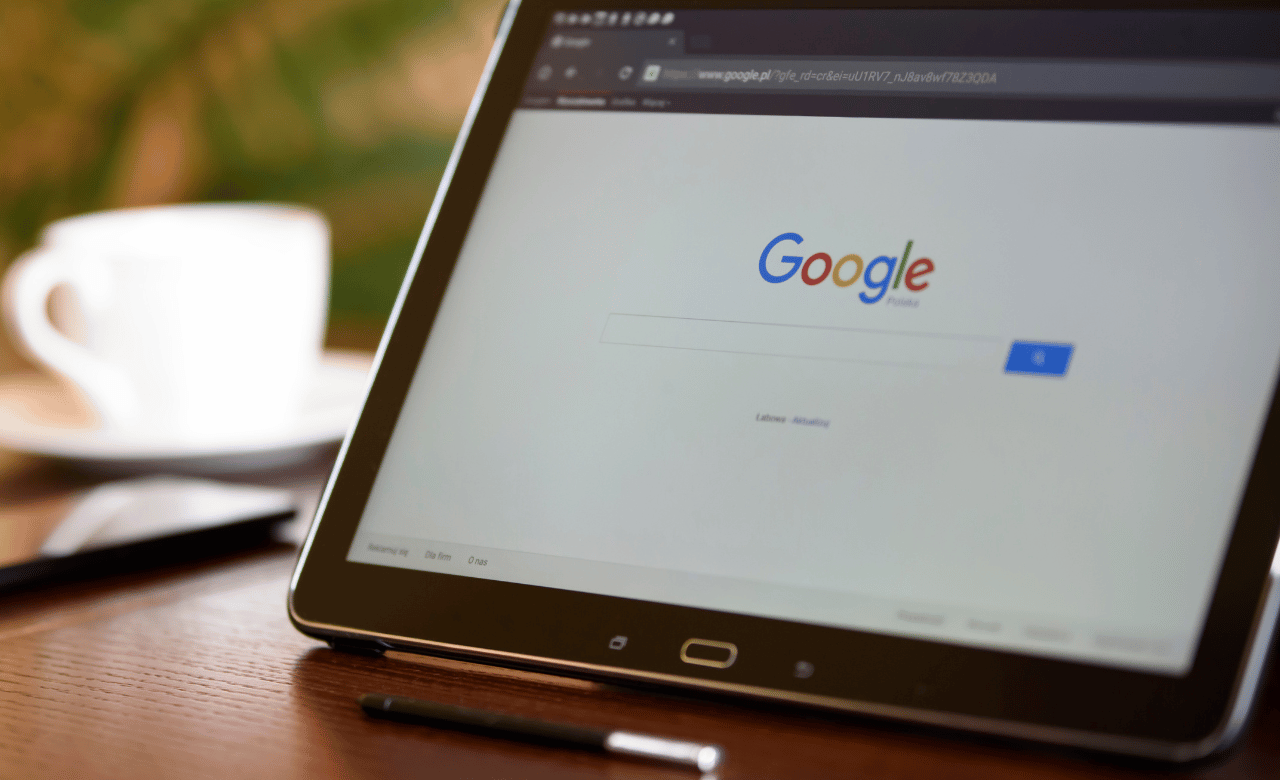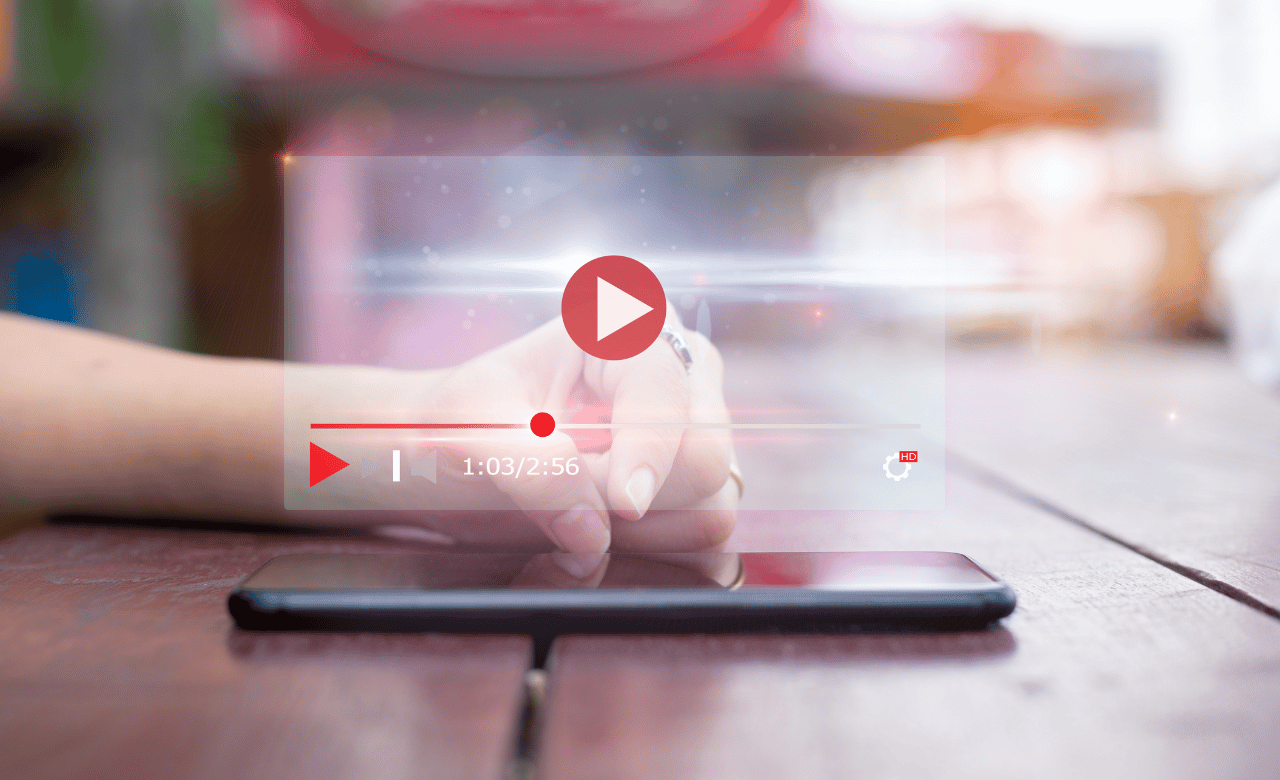The Battle of the Tutorials: Product Education Videos vs Manuals

In the dynamic landscape of user engagement, product education has been radically transformed by the age-old question of video versus text. Should your agency invest in glossy, informative product education videos, or stick to the trusty but traditional product manuals?
This dilemma transcends the content itself and taps into the psyche of your intended audience — how do they want to learn?
In this blog, we’ll consider the perks and pitfalls of each format to help you resonate with customers and drive forward your agency’s digital marketing strategy.
Engagement and Retention
It’s a known fact – the human brain craves engagement. In a comparison of reading a product manual to watching an educational video, studies have shown that viewers retain 95% of a message when they watch it in a video, compared to 10% when reading it in text. This staggering difference isn’t just about attention span; it’s about our brains’ innate hunger for visual content. For Marketing Managers, this spells out the potential for significantly higher consumer retention rates, underpinning the value of video in tutorial material.
Visual Speak Volumes
The intricate components of a product can often be a quagmire of text in a manual. Diving headfirst into the manual approach often leaves users scrambling to piece together step-by-step instructions. Conversely, product education videos use a blend of visual and auditory cues to guide users seamlessly through complex tasks, breaking down the most intricate processes with every frame. Simply put, a video can demystify complexity in a way that text cannot.

Accessibility
In an age where multiple screens dictate the ebb and flow of digital content, it’s paramount that educational material is as mobile as the user. Product manuals might be pocket-sized but videos are omnipresent across devices and platforms, accessible at the tap of a screen. Videos bridge the gap between the user and their product education, offering a universal experience that manuals can’t match.
Quick and Easy Learning
Time is a luxury most consumers don’t have. Written manuals demand a significant amount of time to parse through. Video, on the other hand, offers a convenient educational experience that can be consumed on the go. Furthermore, the visual-auditory combination of videos lends a clarity and speed to learning that written texts often lack, ensuring that users are armed with the knowledge they need in minimal time.

Personal Touch
A product is often more than just a tool; it’s a narrative, a story about the brand that’s eager to connect with its audience. Product education videos can imbue this narrative with personality, delivering a personal touch that resonates with users and builds stronger emotional connections. With the power of music, tone, and visual storytelling, your brand’s personality can shine through, creating an indelible bond with your audience.
SEO Benefits
It’s a known fact in the SEO realm – videos enhance your website’s visibility and ranking potential. By hosting product education videos on your platform, your agency can improve the likelihood of appearing in Google’s search results. This simple yet effective tactic can be the difference between being a page 1 result or languishing in the oblivion of search results.

Interactivity
In the sphere of digital marketing, immediate feedback can shape the blueprint for future content. Product education videos hosted on social platforms provide an interactive space for users to voice their opinions, ask questions, and even share success stories. This two-way conversation offers a precious opportunity for your agency to listen, adapt, and excel at providing the educational content your audience craves.

Upfront Costs But Long-Term Gains
If the question of video versus manual were boiled down to budgets, the initial answer might favour the latter. However, the long-term returns on investment for high-quality video content are unmatchable. While videos may demand more upfront tendering in time and resources, their ability to offer a superior educational experience that keeps users engaged and informed for longer, means the decision tilts in their favour.
Updates and Revisions
In the realm of product evolution, updates are inevitable. Here, written manuals have an edge – they’re easier and cheaper to revise. That said, if you’re printing and distributing those written manuals, you’ll find that the costs quickly stack up.
Video content, by contrast, may appear to be slightly trickier to edit. However, in recent years, making changes to your videos has become easier and more accessible. This can make it quick and easy to update video content by swapping out scenes as required to keep the video up-to-date.
Learning Styles
Is your customer base primarily composed of auditory and visual learners? Product education videos should be your go-to.
However, if self-paced learning or traditional reading is more prevalent, then text-based manuals may hold sway. Understanding your audience’s learning preferences is essential. It ensures that you cater to their educational needs in the most effective manner, aligning their learning style with your educational material.

Conclusion
The contest between product education videos and traditional manuals might seem lopsided at first glance. Yet, when the preferences and patterns of your audience are paramount, the choice is far from simple. Both media possess unique strengths that, when harnessed correctly, can result in an educational platform that not only informs but captivates.
In a nod to the modern mantra of customer-first marketing, the scales are tipping towards video content that humanises the learning process. It adds a layer of relatability to the often sterile stage of product education, enriching the consumer experience in the process.
For a more tailored exploration of how video content could propel your agency’s marketing strategy, Super Motion offers a free 30-minute strategy call. Book your slot today and take the next step towards a more engaging and insightful consumer interaction.
